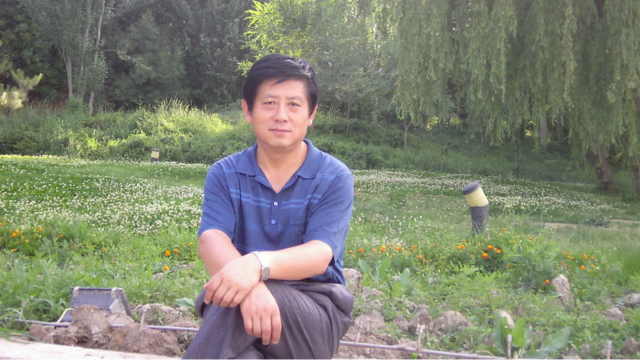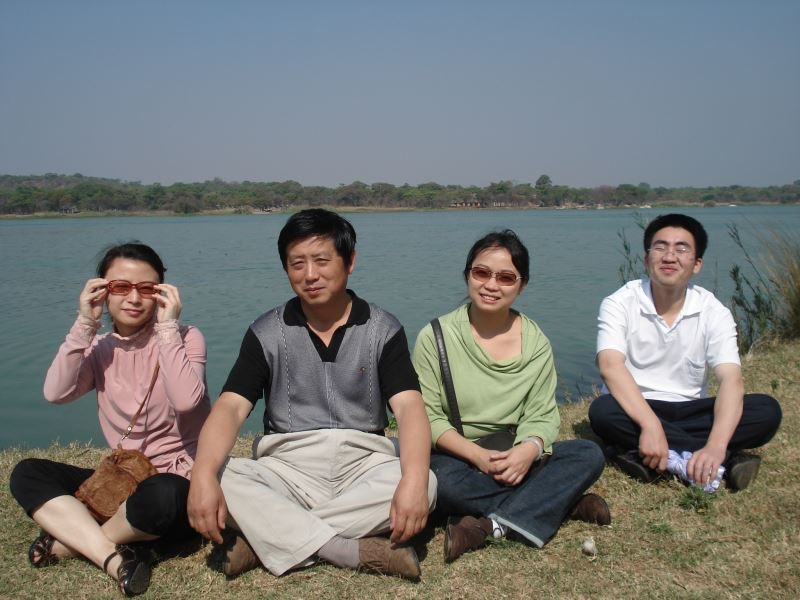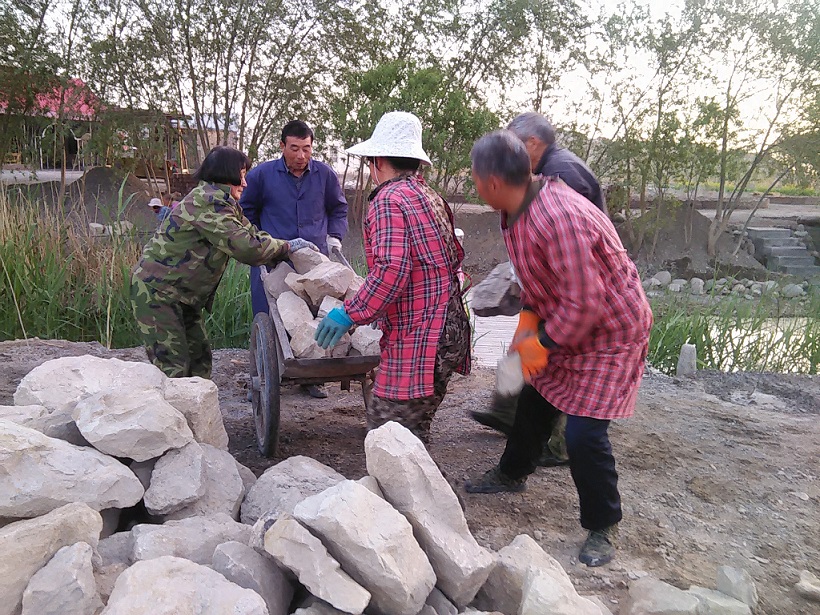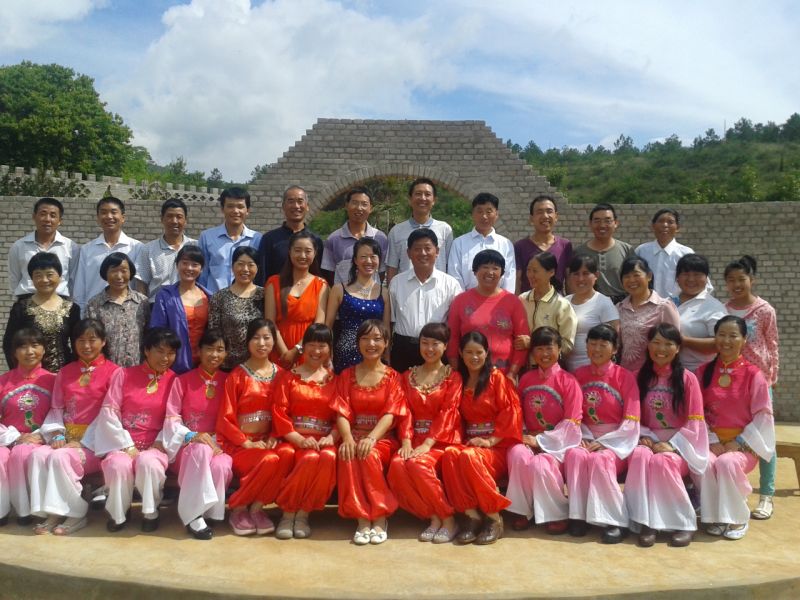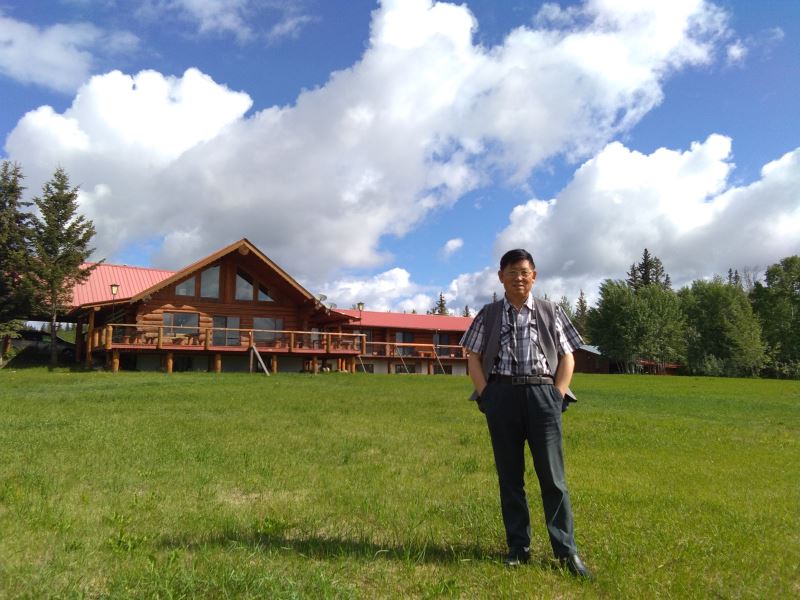|
Massimo Introvigne, Editor of Bitter Winter, Published the Second Article about Lifechanyuan and the Second Home
Jiejing Celestial
November 13, 2025
With gratitude and joy, we are pleased to share that the second article in the series, “Inside Lifechanyuan: A Journey Across Time, Spirit, and Borders”, was published on October 14, 2025.
This chapter guides readers into the story of Xuefeng, the spiritual guide of Lifechanyuan, and traces the Second Home’s journey from its earliest seeds to its unfolding growth. It is both a historical reflection and a passage across time, spirit, and borders.
Through the scholar’s perspective, the narrative reveals how members of the Second Home, guided by luminous hearts, weave together a community of warmth and hope. Readers are invited to witness the ideals and steadfastness that sustain Lifechanyuan—a vision that blossoms across cultures and nations.
Building upon the light revealed in the first article, this second chapter deepens the portrayal of Lifechanyuan’s spiritual lineage and historical evolution, offering a resonance that bridges time and spirit.
Inside Lifechanyuan. 2. A Journey Across Time, Spirit, and Borders
10/14/2025 Massimo Introvigne
Persecution hit the movement after Xi Jinping came to power in China, leading many members to seek asylum in Thailand and Canada.
by Massimo Introvigne
Article 2 of 6. Read article 1.
Guide Xuefeng.
The story of Lifechanyuan—also known as the Life Zen Temple—is more than the biography of a spiritual movement. It unfolds a journey that defied convention, crossed continents, and gave rise to a community that continues challenging the boundaries of religion, politics, and metaphysics. It is a story of rebirth, exile, and resilience—one that begins in a village that no longer exists.
Zhang Zifan, later known to his followers as Guide Xuefeng, was born on July 17, 1957, in Zhangjia Village, Lianhua Township, Yongjing County, in northwestern Gansu Province. The construction of the Liujiaxia Reservoir submerged the town, and Zifan’s family was relocated to Hetan Township in Dongxiang Autonomous County.
Locals described his father as a dedicated CCP member, unwavering in his loyalty to the Party. On the other hand, his mother often visited a Buddhist temple and quietly shared her spiritual curiosity with her son. This combination of political discipline and spiritual longing would later unexpectedly influence Zifan’s path.
Zifan’s education was extensive. He attended Dongxiang County No. 3 Middle School, then progressed through several institutions: Zhangjiakou Geological Technical School, Lanzhou Institute of Education, Jiuquan Institute of Education, and finally Beijing University of International Business and Economics. In 1975, at age 18, he joined the Communist Party and quickly became branch secretary in his rural production brigade.
He taught English and worked as an interpreter for Party officials and business leaders. In 1993, this role led him to Africa, where he settled in Zimbabwe in 1995.
Zimbabwe was more than a foreign posting; it became a crucible of transformation. Zifan obtained residency and invested his savings in a small business empire of shops, restaurants, and bars.
The turning point for Zifan was a car accident in 1996 on the road between Harare and Mutare. Zifan later described this moment as a spiritual death and rebirth. He “died” as Zhang Zifan and was “reborn” as Xuefeng. He also started exploring local Christian churches. He spent three years studying the Bible with the Jehovah’s Witnesses and participating in some of their activities. His son, who lives in the United States, remains a Jehovah’s Witness to this day.
Later, Xuefeng studied Buddhism and Taoism and had a spiritual awakening in 1999. He came to understand himself as a prophet for the new era and the same divine spirit who had once incarnated as Lao Tzu, Buddha Sakyamuni, Jesus, and Muhammad.
Some of the first members in Zimbabwe.
In 2001, Xuefeng sold his businesses and began writing extensively, publishing articles and books that laid the foundation for a new spiritual system. He gathered followers and, in 2005, formally founded Lifechanyuan in Zimbabwe, where he planned to establish his first communal settlement, the Second Home.
In 2009, Xuefeng returned to China and established a Second Home in Ciba, Kunming, Yunnan Province. The first members mainly came from Linzhou, Henan Province. In October 2009, a second branch of the Second Home was established in Anning, Yunnan Province. The third and fourth branches were added in 2010. In November 2013, the fifth branch, the first outside China, was inaugurated in Japan.
These were not merely places to live—they were spiritual laboratories designed to embody the principles of Lifechanyuan. These communities were self-sufficient, ecologically conscious, and governed by ethical guidelines, later collected in 2018 as the “800 Values for New Era Humanity.” Members shared their property, opposed materialism, and fostered joy through service. Xuefeng’s writings were translated into English, and the community began to attract international attention.

Pioneer members at the Second Home in Yunnan, 2009.
In 2014, after Xi Jinping came to power in China, tolerance toward Lifechanyuan was replaced by hostile police scrutiny. The first, third, and fourth branches were raided and shut down. The “New York Times” visited the fourth branch and published a positive article, although it perhaps overemphasized the community’s references to Communism rather than its spiritual focus.
Lifechanyuan hoped to avoid police attention by building a new Second Home in a remote area of the Gobi Desert, the Gesar Farm in Xinjiang. In the same year, 2014, the Qingema Farm followed. In winter, however, the police raided the Gesar and Qingema farms, and the Celestials had to disband them.
Celestials in Xinjiang.
Yet another experiment began in May 2015: the Yinyi Ecovillage in Yulong County, Lijiang City, Yunnan Province. The Celestials I met in Thailand described it as a paradise. A second settlement was established nearby in July 2016, later named “Sesame Slope.” In October 2016, the Yinyi Ecovillage and Sesame Slope were again raided and disbanded by the police.
Yinyi Ecovillage.
In April 2017, Xuefeng traveled to Canada to assess the feasibility of building a community there. On November 20, 2017, the Lifechanyuan International Family nonprofit organization was officially registered in British Columbia.
With considerable effort, a Second Home was built in Canada. January 1, 2018, was proclaimed the beginning of the New Era, a moment believed to mark the spiritual inauguration of the Greatest Creator’s millennial kingdom on Earth. This date holds profound significance for Lifechanyuan members, symbolizing a cosmic shift in human consciousness.
In April 2018, the movement established a publicity team to coordinate efforts to spread its message globally. The community began to engage with international audiences through social media, videos, and translated texts.
In 2019, Lifechanyuan initiated the construction of two new communities in China, Shiwai Fairyland and Xianyun Oasis, in remote areas of Guizhou Province. However, any possible communal living in China was abruptly halted when the Chinese government banned the movement as a “xie jiao.” As detailed in my previous article, raids were conducted, and members were detained in 2021 and again in 2025.
The first members arrived in Thailand in 2019, where a Second Home was established near Chiang Mai in September 2020. It was later relocated to a faraway area near the border with Myanmar—the community I visited in September 2025.
Despite the persecution, Lifechanyuan continued to grow. On August 22, 2023, a small branch was established in South Korea. In April 2024, the Holy Pilgrimage Site of Lifechanyuan was inaugurated in Anahim, Canada—a name that means “the Beginning of Creation” in a Native Canadian language. This site is considered sacred, where members and visitors can connect with the divine and reflect on their spiritual journey.
Guide Xuefeng in the Canadian center.
Xuefeng also turned his attention to artificial intelligence. In January 2025, he stated that AI would soon be able to manage human society better than humans themselves, reflecting his belief in the evolution of consciousness and systems.
Today, Lifechanyuan exists in fragments. Many members remain in China but cannot gather or live communally. They meet online, often identifying themselves only by numbers to avoid detection. Even this carries risk.
Those who can relocate to Second Homes abroad, in Thailand or Canada. Guide Xuefeng resides in Canada and continues to write, teach, and guide the movement.
Lifechanyuan’s story is one of resilience, reinvention, and spiritual audacity. From rural China and the Gobi Desert to the forests of Thailand and the mountains of British Columbia, it has carried its light across borders and through storms.
The following article will examine the theology behind this extraordinary journey.
Link: https://bitterwinter.org/inside- ... spirit-and-borders/
|
 Massimo Introvigne, Editor of Bitter Winter, Published the Sixth Article about L
Massimo Introvigne, Editor of Bitter Winter, Published the Sixth Article about L
 Massimo Introvigne, Editor of Bitter Winter, Published the Fifth Article about L
Massimo Introvigne, Editor of Bitter Winter, Published the Fifth Article about L
 Massimo Introvigne, Editor of Bitter Winter, Published the Fourth Article about
Massimo Introvigne, Editor of Bitter Winter, Published the Fourth Article about
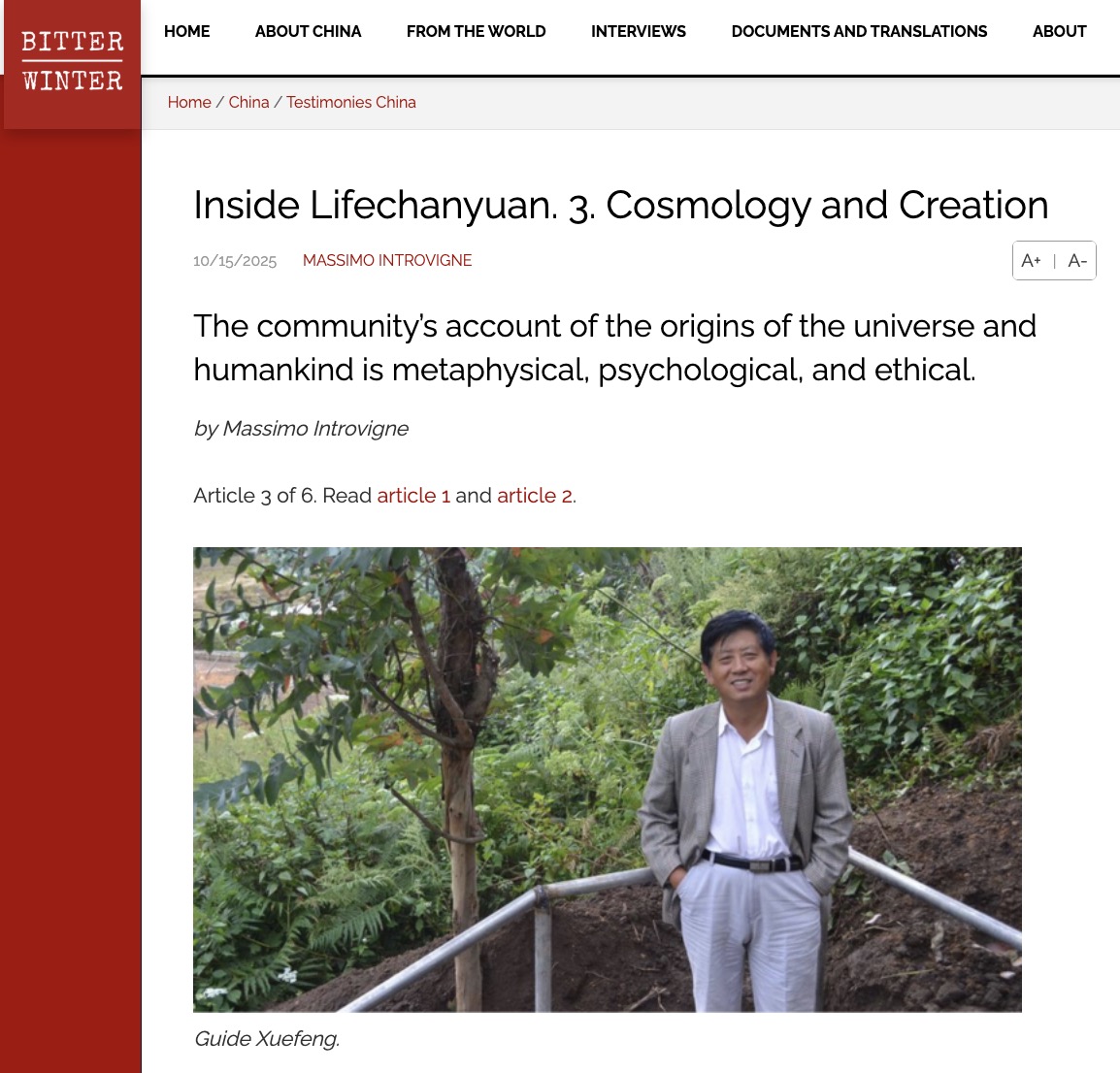 Massimo Introvigne, Editor of Bitter Winter, Published the Third Article about L
Massimo Introvigne, Editor of Bitter Winter, Published the Third Article about L
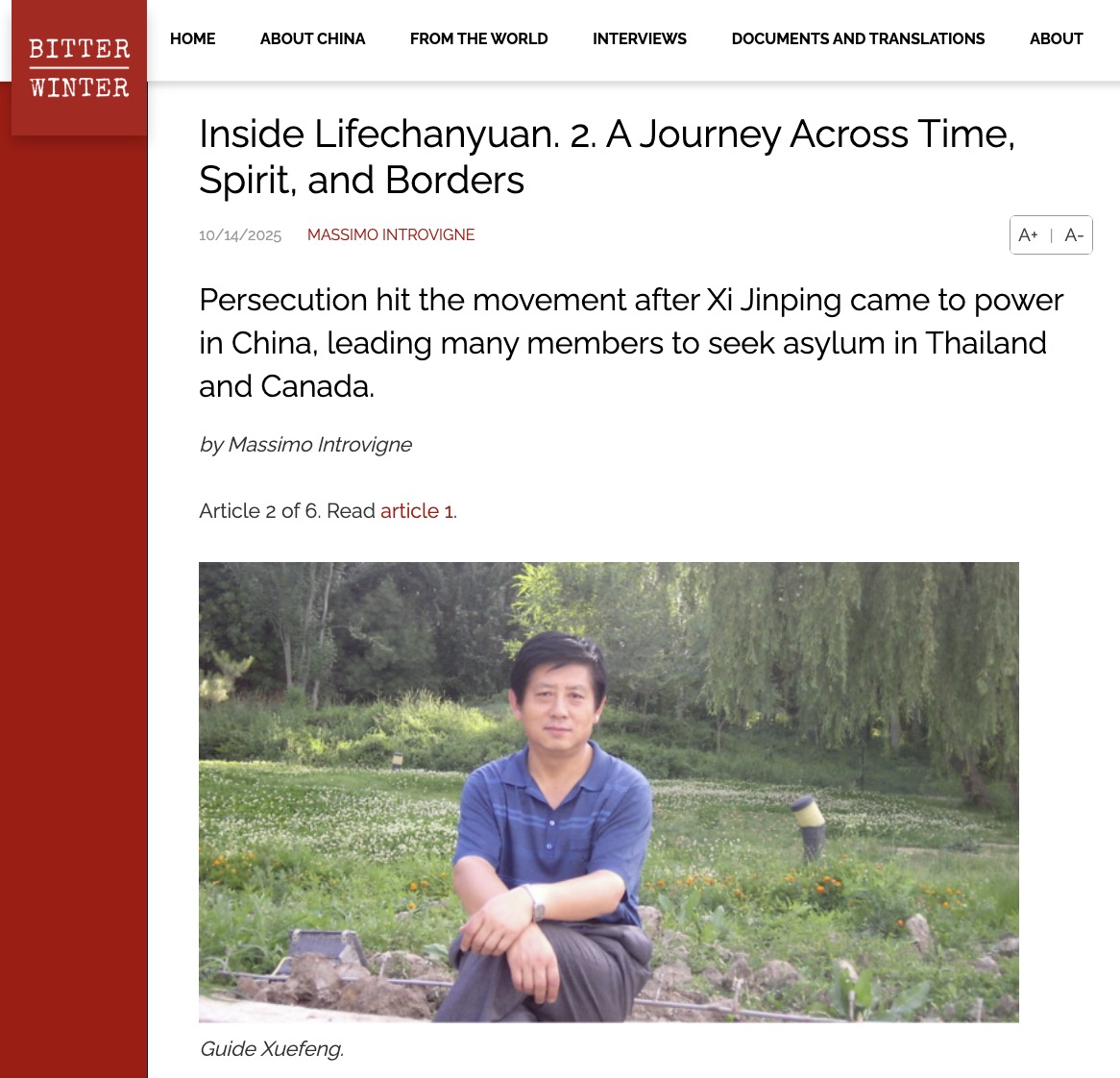 Massimo Introvigne, Editor of Bitter Winter, Published the Second Article about
Massimo Introvigne, Editor of Bitter Winter, Published the Second Article about
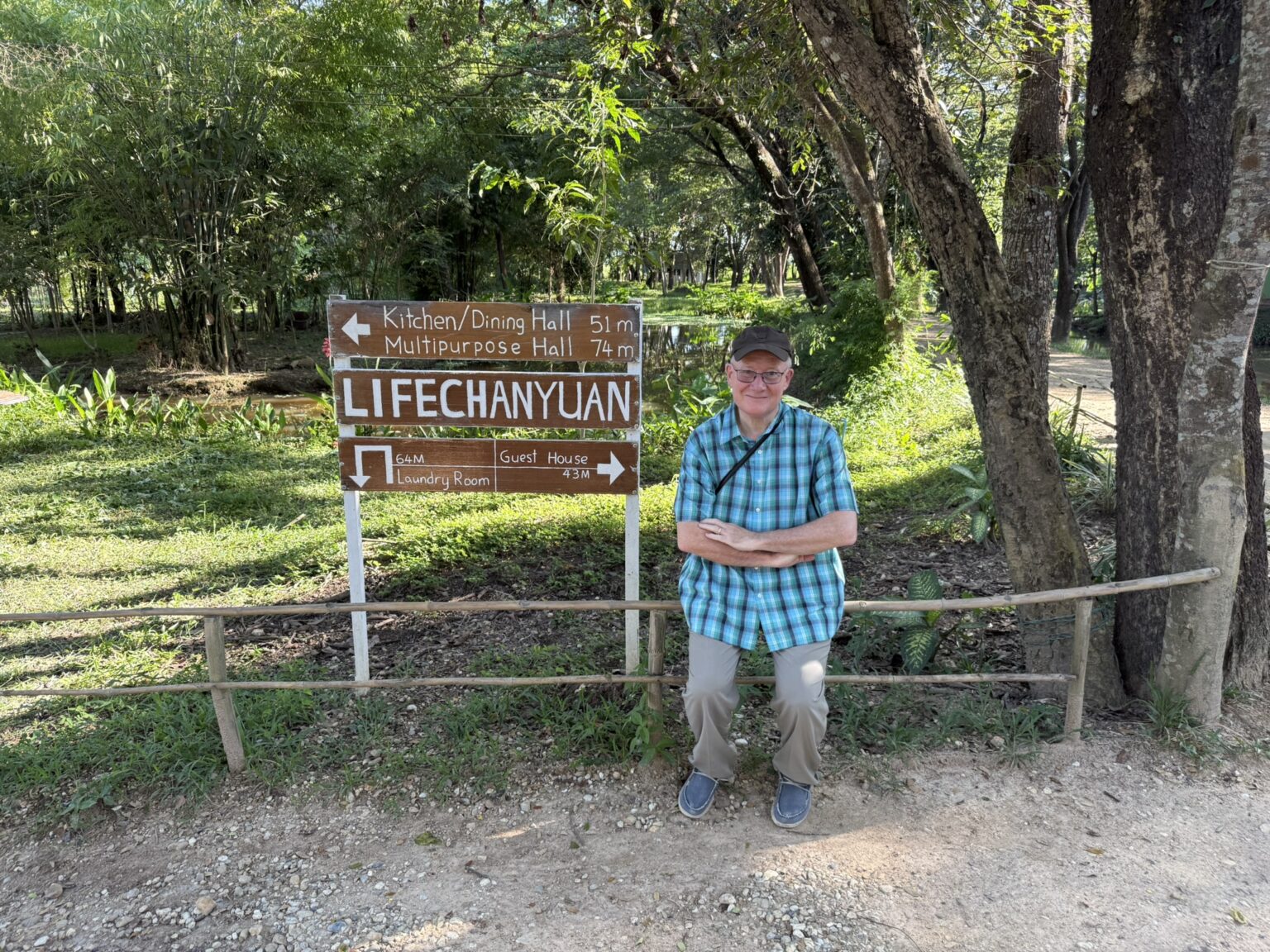 Massimo Introvigne, Editor of Bitter Winter, Publishes the First Article about L
Massimo Introvigne, Editor of Bitter Winter, Publishes the First Article about L


 Post time 2025-11-13 16:38:27
Post time 2025-11-13 16:38:27



